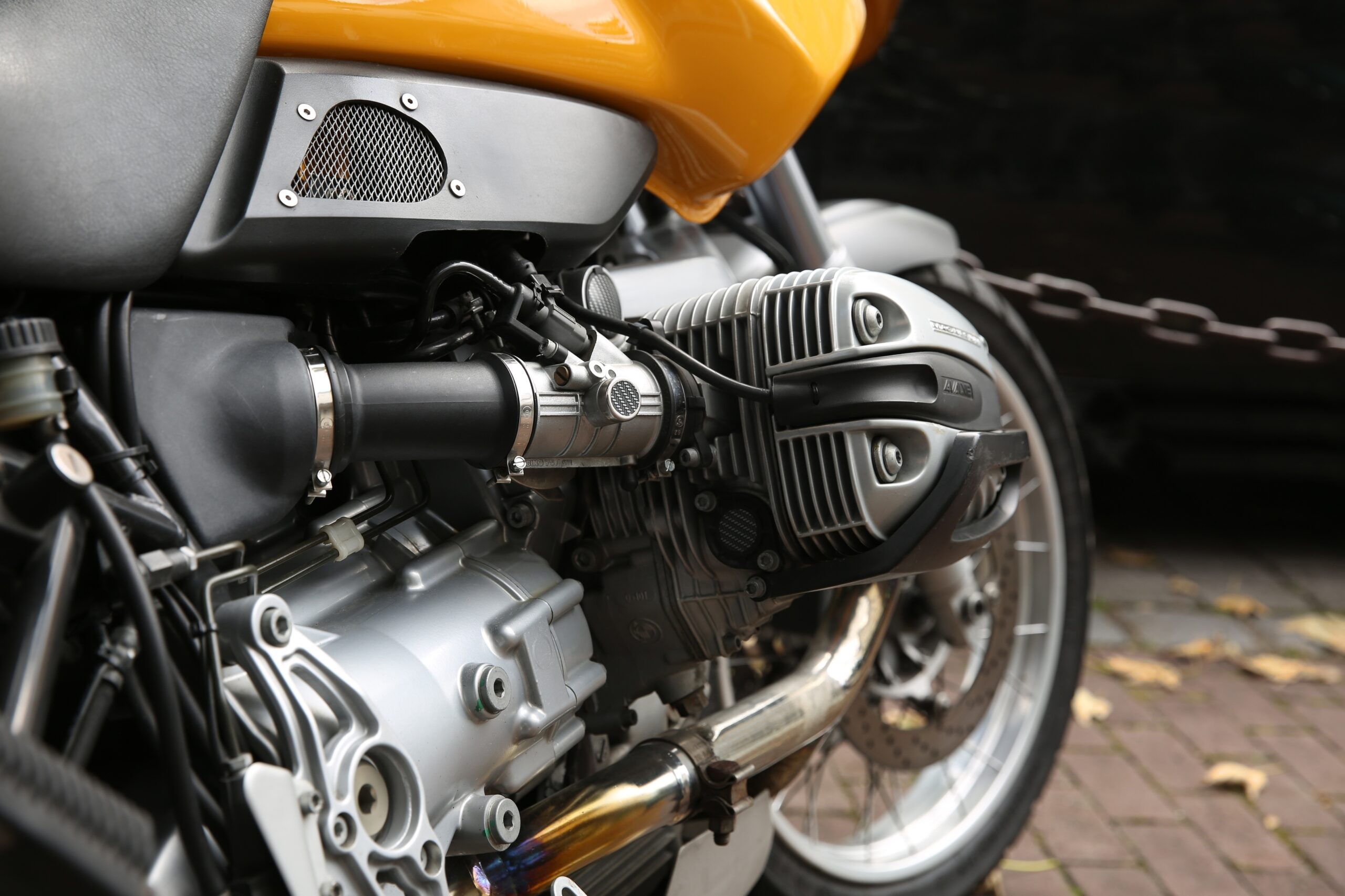Motorcycle Laws and Regulations in New York
According to the National Highway Traffic Safety Administration (NHTSA), motorcyclists are about 28 times more likely to die in a crash than a person in a passenger vehicle. Additionally, they are four times more likely to be injured. In 2020, there were a reported 5,579 deaths of motorcyclists. Yet in New York, more than 241,000 people use motorcycles. As such, various laws exist to make motorcycle use as safe as possible.
Basic Motorcycle Safety Requirements
To operate a bike in New York, a person must have a Class M or Class MJ license from the DMV (or an equivalent out-of-state motorcycle license). If a person takes the state’s basic rider course, that driver will get at least 30 hours of practice prior to getting their license.
Helmets are required for all passengers on a bike. This applies even if the bike is registered in a state that may not require helmets (such as Connecticut). Additionally, New York recommends at least four square inches of reflective material on both sides of the helmet.
Any bike driven in the state must have liability coverage; this includes bikes from out of state. Why? In New York, motorcycles are not included in the “no fault” insurance provisions that cover other motor vehicles. Moreover, bikes must be inspected and registered every year.
Bike drivers and passengers must also wear eye protection. Specifically, goggles or a face shield will keep bugs and debris out of the eyes of the driver. Moreover, the bike itself must also have a windscreen.
Note there are different rules and laws relating to “off road” driving of motorcycles. If you’re going off road, you should review those applicable laws and regulations.
Motorcycle Traffic Laws
Motorcyclists are subject to all the same traffic laws as other drivers, although there are a few additional rules just for motorcycle use. For example, a bike’s headlight must be used at all times – even during the day. While passengers can be of any age or height, they must have a seat, a footrest, and wear a helmet. Bikes may also carry passengers in sidecars.
Lane splitting refers to when a bike goes between vehicles moving in the same direction. While some riders claim lane splitting is sometimes necessary, New York prohibits it. Specifically, a motorcyclist cannot ride next to another vehicle in the same lane (unless the other vehicle is a motorcycle), even if they are passing slow or stopped traffic. If an officer sees such conduct, lane splitting can result in a traffic ticket.
References:
- National Highway Traffic Safety Administration, Motorcycle Safety. Available at: https://www.nhtsa.gov/road-safety/motorcycles (last accessed Oct. 31, 2022).
- NYS Department of Motor Vehicles, Motorcycle Manual: Motorcycle Licenses, Ownership, Special Rules. Available at: https://dmv.ny.gov/driver-training/motorcycle-manual-motorcycle-licenses-ownership-special-rules (last accessed Oct. 31, 2022).
Image: CC0 1.0 Universal Public Domain Dedication

